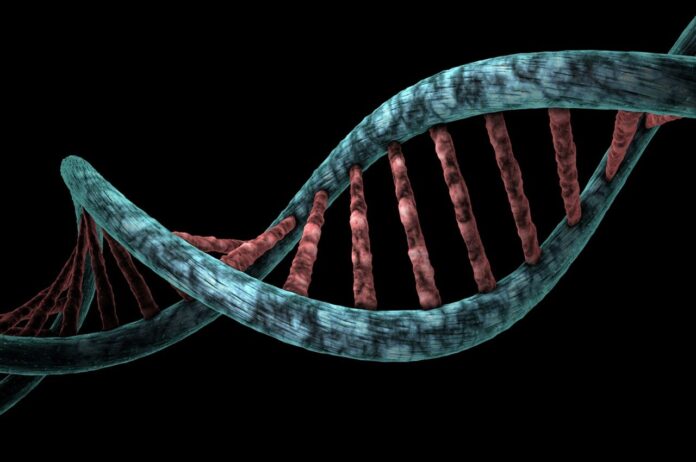Spies can now use modified DNA to send secret messages that are undetectable by conventional methods. This technique, known as DNA steganography, involves hiding information within the genetic code of living cells or synthetic DNA molecules.
DNA steganography has several advantages over other forms of secret communication. First, DNA is extremely compact and can store a large amount of data in a small space. For example, a microdot, which is a tiny dot of DNA attached to a printed letter, can contain up to 100 copies of a secret message. Second, DNA is very stable and can survive harsh conditions such as heat, light, and chemicals. Third, DNA is ubiquitous and can be easily obtained from natural sources or synthesized in a laboratory. Fourth, DNA is highly customizable and can be modified to encode different types of information using various methods.
One of the methods used by spies to hide messages in DNA is to insert them into single nucleotide polymorphisms (SNPs), which are variations in the DNA sequence that occur naturally or artificially. SNPs can be used as markers to identify individuals, traits, or diseases. By altering the SNPs in a specific region of DNA, spies can create a hidden message that can only be read by someone who knows the location and meaning of the SNPs. To prevent errors or mutations from corrupting the message, spies can also use a block sum check algorithm, which is a mathematical technique that verifies the accuracy of data transmission.
Another method used by spies to hide messages in DNA is to encode them using a cipher, which is a system of rules that transforms plain text into unintelligible symbols. The cipher can be based on various principles, such as substitution, transposition, or permutation. For example, spies can use a substitution cipher that replaces each letter of the alphabet with a different letter or symbol according to a key. The key can be derived from a word, a phrase, or a random sequence of characters. The encoded message can then be inserted into a DNA sequence using standard molecular biology techniques.
DNA steganography is a powerful tool for spies who want to communicate secretly and securely. However, it also poses ethical and security risks, as it could be used for malicious purposes such as espionage, sabotage, or bioterrorism. Therefore, it is important to develop countermeasures that can detect and prevent unauthorized access to DNA data.






